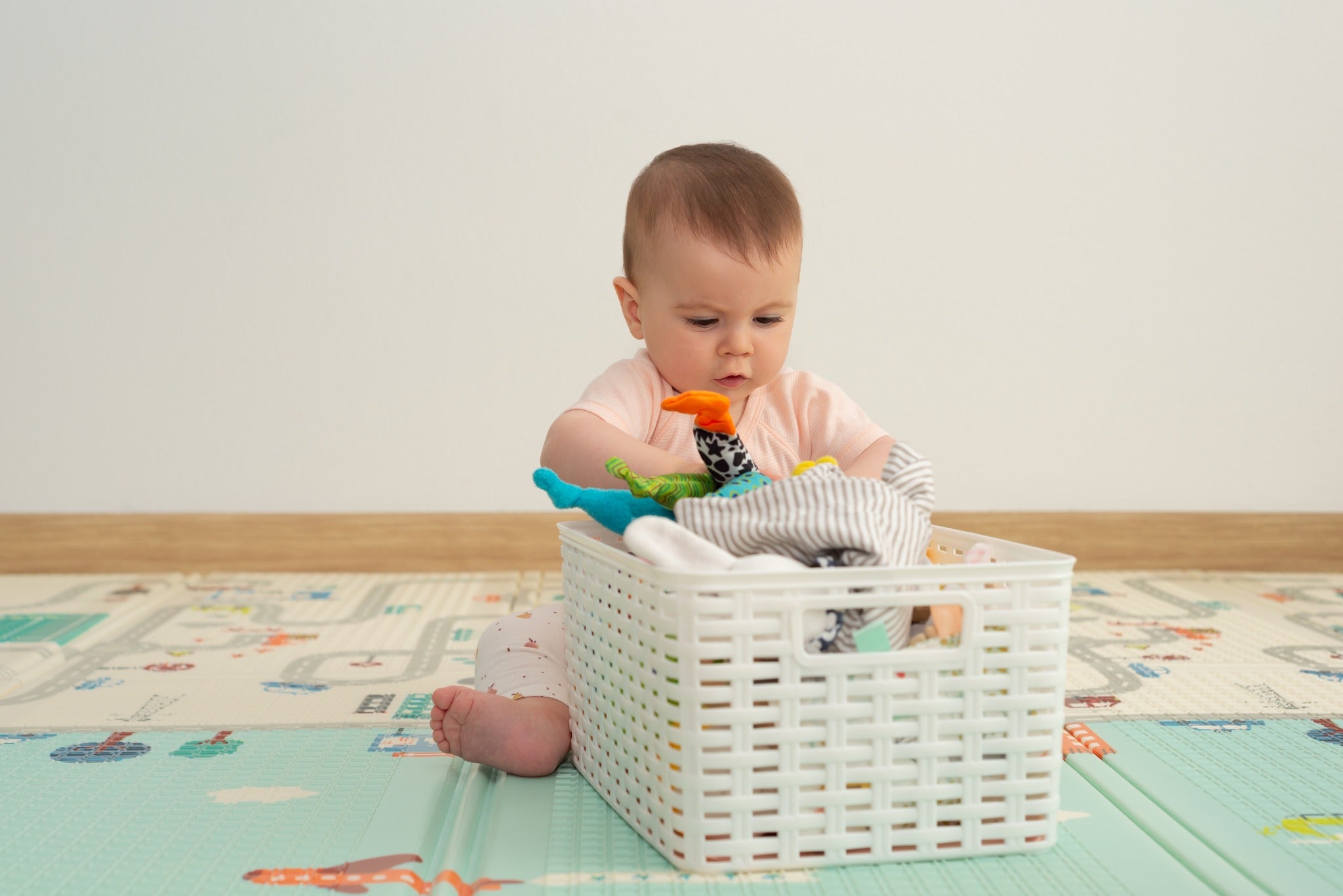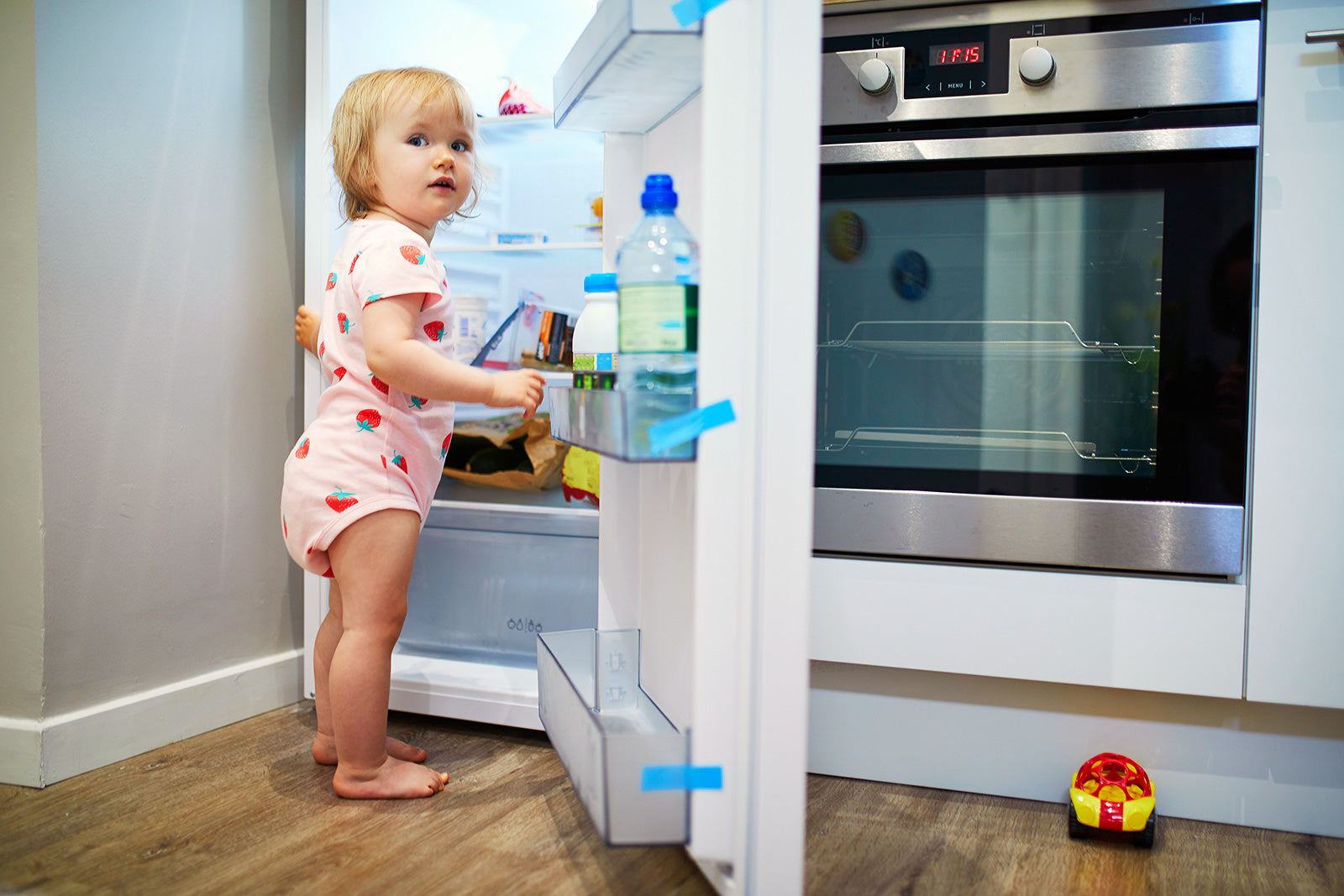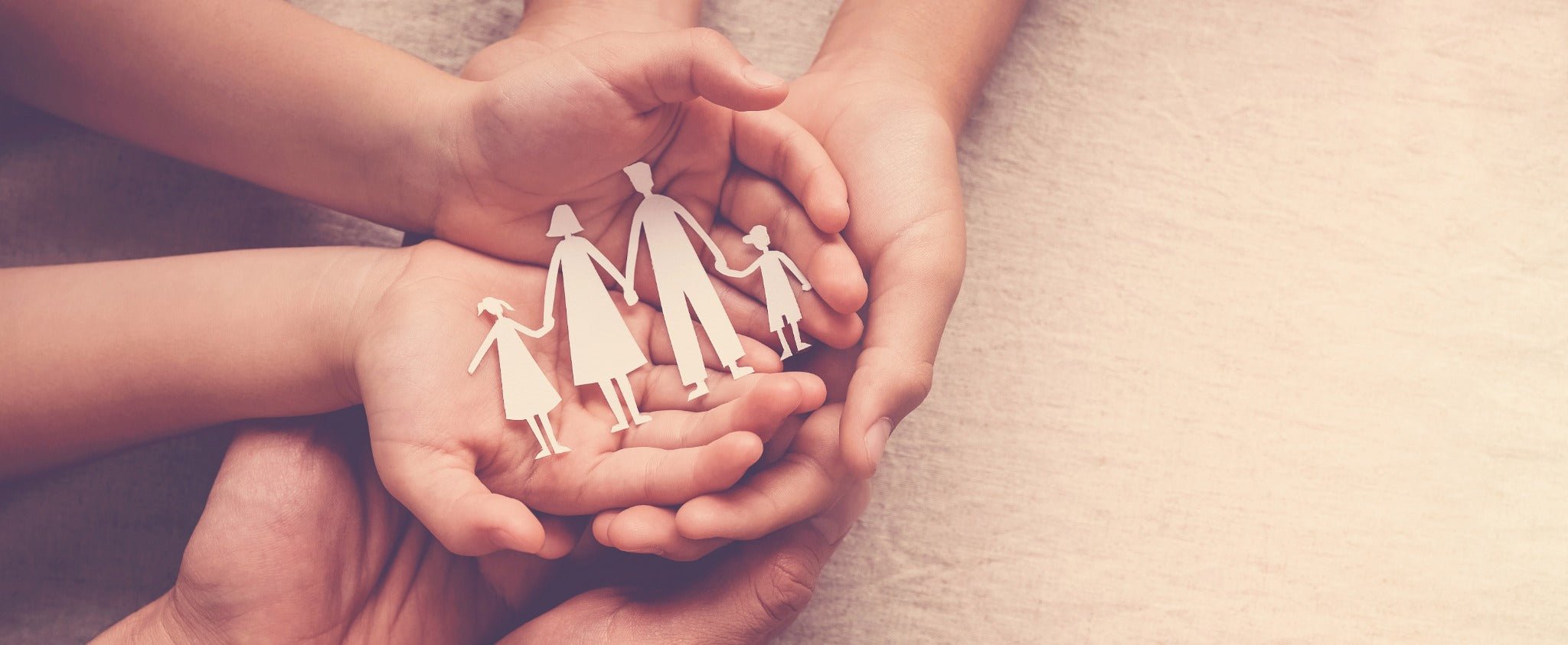How Do Occupational Therapists Help Infants?

Newborns with medical complications need lots of care to help them grow and thrive. It can be challenging to keep track of all the professionals who support them on their path. Occupational therapists are often part of the caregiving team in the NICU and after a new baby goes home. But what do OTs do for babies?
Here at the bökee, we celebrate everyone that supports you on your parenting journey. For most new parents, that circle of support has family and friends. But for families experiencing disability, their village often includes medical professionals, caregivers, and other parents with similar circumstances. We personally worked with occupational, physical, and speech therapists for various reasons until our twins turned three.
We designed the bökee with the intent of giving parents a helping hand. Parents of newborns have plenty to juggle, and feeding time can be stressful. The bökee makes preparing a bottle a little easier by allowing you to do it one-handed. Grab one for yourself or a special parent in your life.
A baby with exceptional medical needs is likely to have several pediatricians, specialized nurses, nutritionists, and therapists. Today, we’re going to take a closer look at an occupational therapist's role in the care of infants and children.
What Are Occupational Therapists?

The title ‘occupational therapist’ can be a little misleading. The ‘occupation’ in occupational therapy refers to everyday activities, not employment. (Although many of the activities involved in OT can be useful in a job.) Depending on the patient’s age, some typical things OTs help with include dressing, feeding, holding a pencil, balance, and play activities.
Occupational therapists usually have a master’s or doctoral degree. They have studied how the muscles and nervous system work, along with other physical, mental, and social aspects of health and activity. OTs often look at the big picture for an individual, so their treatment plan may focus on improving function, pain, mental health, or other areas of wellness.
What Kinds of Problems Do Pediatric Occupational Therapists Address?
Occupational therapists can help with a wide range of dysfunction.
Some OTs help their patients develop fine motor skills, such as tying their shoes and bringing a spoon to their mouths. OTs can help to improve limited hand strength through exercises that gently increase activity a tiny bit at a time. Baby steps!
Many babies and children are very sensitive to their environment. OTs help treat sensory processing disorder, also known as sensory integration disorder.

Some children with this condition are unable to filter out any of the information coming to them through their five senses. So the sound of a clock or the feel of fabric on their skin can be enough to overload their nervous systems, creating distress.
Other kids may be hyposensitive, bouncing off the walls just to get a little stimulation to their brains. OTs use swings, weighted vests, and many other items to help regulate the child’s nervous system.
Occupational therapists also help kids regain skills they may have lost after an injury or illness. The OT can help improve energy levels and balance and help children get back to their everyday lives.
How Do Occupational Therapists Help Babies?
When you think of all these activities and therapies occupational therapists provide, it can seem like it’s not for infants. But OTs can do a lot for babies!
Pediatric OTs start with an assessment before crafting their treatment plan with goals for the child’s progress. Since newborns don't have a lot of different things they are doing yet, you might wonder what goals their OTs will set. But even newborns have a variety of skills their brains and bodies are working to achieve.

An OT might help your baby with:
- Bonding with parents
- Learning to enjoy bath time
- Learning to self-regulate through calming touch
- Providing passive movement to help stimulate healthy development
- Visually tracking toys and other objects
OTs also work with parents, teaching them how best to soothe, feed, and bond with their babies. New parents may not know how to deal with a baby who is overstimulated or struggling with dysfunction. OTs can teach parents:
- Ideal positioning for baby
- How to give baby a soothing massage
- How to give calming sensory input
- Which toys to offer for visual stimulation
- How to help baby develop motor skills by bringing their hands together
- Actions to help baby learn to eat from a bottle or breast
An occupational therapist will create a unique plan to meet your baby’s needs. As your infant grows and develops, the plan will adjust with their advancements.
Parents Do the Heavy Lifting
Your occupational therapist will bring their expertise and make a plan for your baby. But most of the time, it will be up to parents and caregivers to follow through. When your baby is home, they need you or other caregivers to follow the treatment plan every day.

Brand new parents are often sleep-deprived and a little stressed. It can be easy to slip into survival mode. Sleep, eat, change diapers, feed baby… maybe take a shower. If your baby has medical needs, this becomes even more true.
The best treatment plan is one you can incorporate naturally into your day. Visual stimulation may fit in with a few small steps before each feeding. Sensory calming activities are a great way to finish playtime.
Give yourself grace if you reach the end of the day and realize you haven't done all of the activities with your baby. Take a deep breath and start fresh tomorrow.
Also, don’t be afraid to enlist help. Grandparents, other family members, and friends can learn your baby’s plan and give you a break. And sometimes babies engage differently when it’s not their typical caregiver.
The bökee Supports All Kinds of Families

Here at the bökee, our parenting life kicked off with the birth of our preemie twins. They both spent weeks in the NICU, where they received amazing care. After they came home, we had our hands full, trying to meet all of their needs. And occasionally, you know, take a shower.
OTs were pivotal in so many aspects of our twins' development. They helped us meet our babies' needs when there were delays and a need for adjustment.
We receive a lot of messages from OTs sharing how helpful the bökee is for those with impaired motor function and hand strength. We also hear from parents whose children have benefited from using it to open jars independently. It’s exciting and rewarding to see this welcome secondary benefit of the bökee, and we love that it has helped so many people!
We support the work of parents and caregivers in all families. We designed the bökee to provide an extra hand when you really need it, and we hope it will help you on your parenting journey. Grab yours today to help with bottle prep and other tasks.




